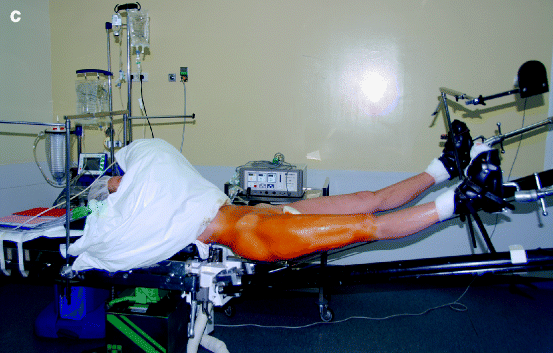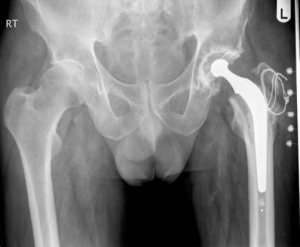Direct anterior total hip arthroplasty tha is an increasingly utilized and patient requested approach for arthroplasty carrying a unique set of complications.
Total hip replacement anterior approach nerve damage.
It should not happen and usually is avoided with meticulous dissection.
However only a few studies focus on femoral nerve palsy fnp following tha with the direct anterior approach daa.
Many patients request this muscle sparing approach for the theorized benefits of quicker recovery and reduced post operative pain.
Moreover several studies have reported that tha with daa may result in.
Total hip replacement surgery is regarded as among the most valued developments in the history of orthopedics.
The popularity of the direct anterior approach for total hip arthroplasty tha has dramatically increased in recent years.
Femoral nerve injury is a rare yet serious complication following the anterior approach.
Nerve palsy following total hip arthroplasty tha can have a serious effect on a patient s functional prognosis and on cost effectiveness and it is the leading cause of tha associated medical litigation.
While research is limited many studies seem to suggest that the risk of damage to the major nerves near the hip in particular the sciatic nerve is lower with the anterior approach than with the traditional approaches.
The anterior approach through the front of the hip has been utilized as long as the posterior approach but its popularity has grown in the us over the past 10 15 years.
The procedure relieves pain and restores mobility to people whose joints have been damaged by trauma or degenerative diseases such as hip arthritis this article discusses a particular method for total hip replacement called the anterior approach.
Anterior hip replacement is a common type of total hip replacement.
A patient considering anterior hip replacement surgery.
A recent mayo clinic proceedings article links some nerve damage after hip surgery to inflammatory neuropathy.
Then they replace the joint with.
Injury to the sciatic nerve can be a result of excessive traction and or pressure in attempting to gain sufficient exposure of the joint during a thr.
The most commonly utilized total hip replacement is the posterior approach through the back of the hip which has been performed successfully for decades.
Historically nerve damage from hip surgery has been attributed to mechanical factors caused by anesthesiologists or surgeons such as positioning of the patient during surgery or direct surgical injury of the nerves.
I teach the anterior approach as one of several approaches to the hip joint for thr.





























